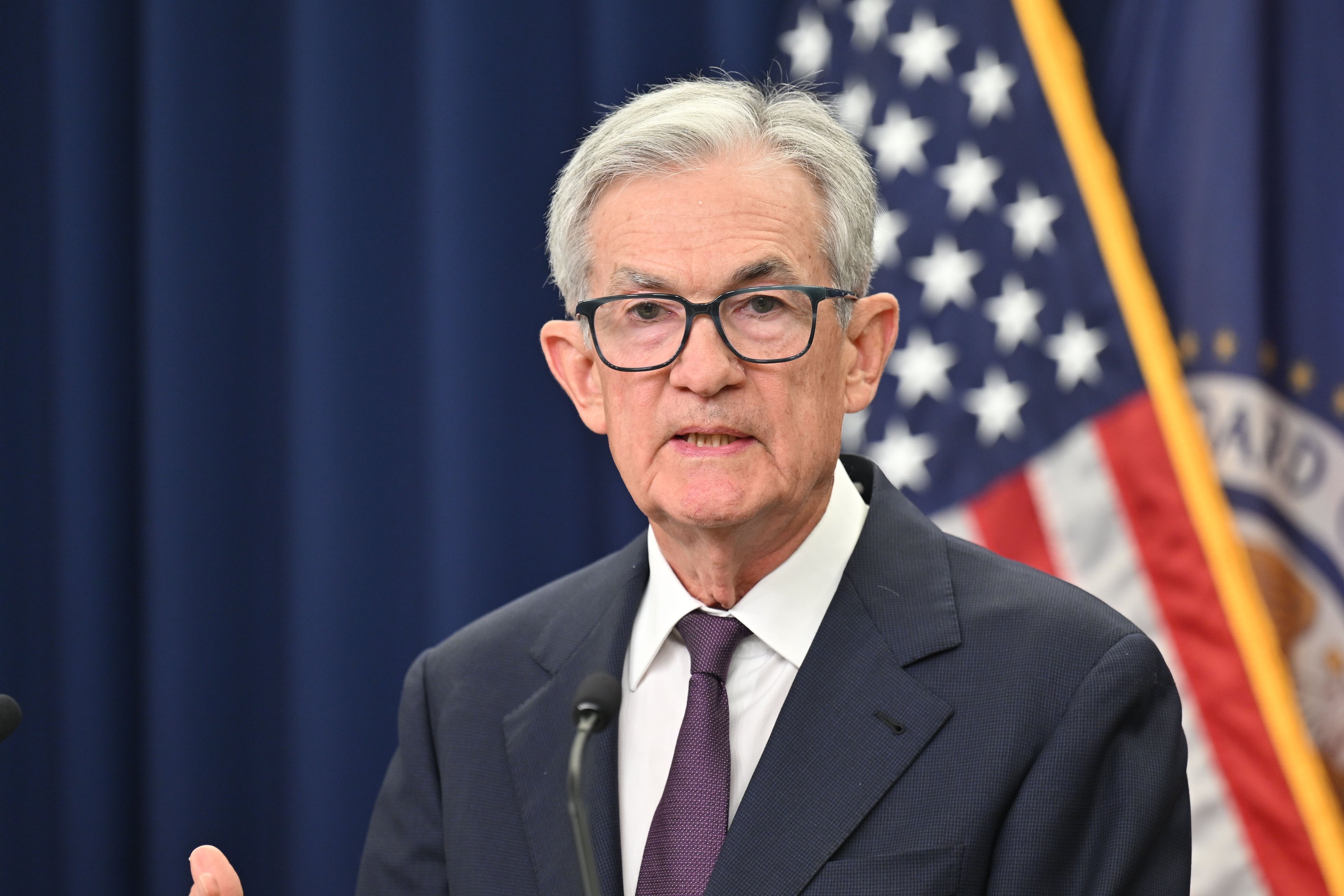Last week, the Federal Reserve's Federal Open Market Committee (FOMC) had its scheduled two-day September meeting where it discussed the state of the economy and decided whether to adjust the rate it charges banks for overnight lending.
The FOMC slashed the federal funds rate (the overnight interest rate) by 50 basis points to 4.88% (the rate changes depending on circumstance but will hover between 4.75% and 5%), which was double the 25-basis-point adjustment it normally uses. The rate cut is likely to have ripple effects across the broader economy, increasing consumers' borrowing capacity, lowering their interest payments, and giving them more disposable income.
That's great news for the broader economy and potentially great news for investors too.
Members of the FOMC also provide their individual guesses on where the fed funds rate will be in the future. The consensus of those guesses is that interest rates are likely to be much lower by the end of this year, and even lower again in 2025 and 2026. Here's how many cuts could be on the table.

Image source: Getty Images.
Why is the Fed cutting rates?
The Federal Reserve has a dual mandate set for them by legislation. The first mandate requires that it take needed actions to keep the Consumer Price Index (CPI) measure of inflation increasing at an annualized rate of 2%. The second mandate requires that it take needed measures to maintain maximum employment (although the central bank doesn't specify a target for the unemployment rate it's thought to be around 4%-4.5%).
A combination of pandemic-related factors including U.S. government stimulus, historically low interest rates, and supply chain disruptions drove the annualized CPI to a 40-year high of 8% in 2022. It prompted one of the most aggressive campaigns to hike interest rates in the Fed's history, which took the federal funds rate to a two-decade high of 5.33% in August 2023 -- where it remained until last Wednesday.
The Fed is now reversing its efforts to slow down the economy because the CPI is within reach of its 2% target, with the most recent reading coming in at 2.5%. Plus, the jobs market has cooled somewhat with the unemployment rate currently at 4.2%, after starting this year at 3.7%. Fed chairman Jerome Powell says the risk of further deterioration in the jobs market has increased, hence the 50-basis-point rate cut.
As long as the CPI continues to trend lower, investors should focus on the non-farm payrolls employment report, which is released on the first Friday of every month. If the economy adds fewer jobs than economists expect, or if the unemployment rate continues to tick higher, more rate cuts are likely on the way.
Here's how many times the Fed could cut rates, as things currently stand
Once per quarter, each FOMC member submits a summary of economic projections (SEP). It includes a forecast for economic growth, inflation, the unemployment rate, and the federal funds rate for the next three years.
The latest SEP, which was released last week, suggests the federal funds rate is most likely to end 2024 somewhere between 4.38% and 4.62%. The low end of that range implies the Fed could slash rates by another 50 basis points before this year is over. The SEP also points to a federal funds rate between 3.13% and 3.62% by the end of 2025, implying another 125 basis points worth of cuts based on the low end of that range. There could be one or two more cuts in 2026, with the federal funds rate expected to settle somewhere between 2.88% and 3.12%.
Investors are predicting there will be even more cuts in the short term. Based on the CME Group's FedWatch tool, there could be:
- Two more cuts in 2024: 25 basis points in November, followed by 50 basis points in December, for a total of 75 basis points.
- Five cuts in 2025: 25 basis points each in the January, March, May, June, and September meetings, for a total of 125 basis points.
It's important to remember that investors and the FOMC members regularly change their views as new economic data comes in, so the above forecasts might not be the same a month from now, let alone into next year.
Here's what it means for the stock market
Interest rate cuts are typically bad for savers because they reduce the yield on risk-free assets like cash savings accounts and Treasury bonds. These lower yields tend to encourage savers to look for alternative investment options. That's part of why lower rates are great for growth assets like stocks.
Lower rates also allow companies to borrow more money for the same relative cost to fuel their expansion, and they reduce the interest payments on existing loans. Rate cuts can also trigger an increase in consumer spending. All of those things can be a direct tailwind for corporate earnings, and earnings drive stock prices.
Therefore, if the Fed proceeds to cut rates for the next two years as expected, the stock market is likely to be a great place to invest. Only a recession or an economic shock would throw a wrench into the works. There doesn't appear to be one on the horizon, nor does the Fed expect one based on the SEP projections, but the softening jobs market is something to watch.
For now, putting money to work in the stock market looks like the way to go.





